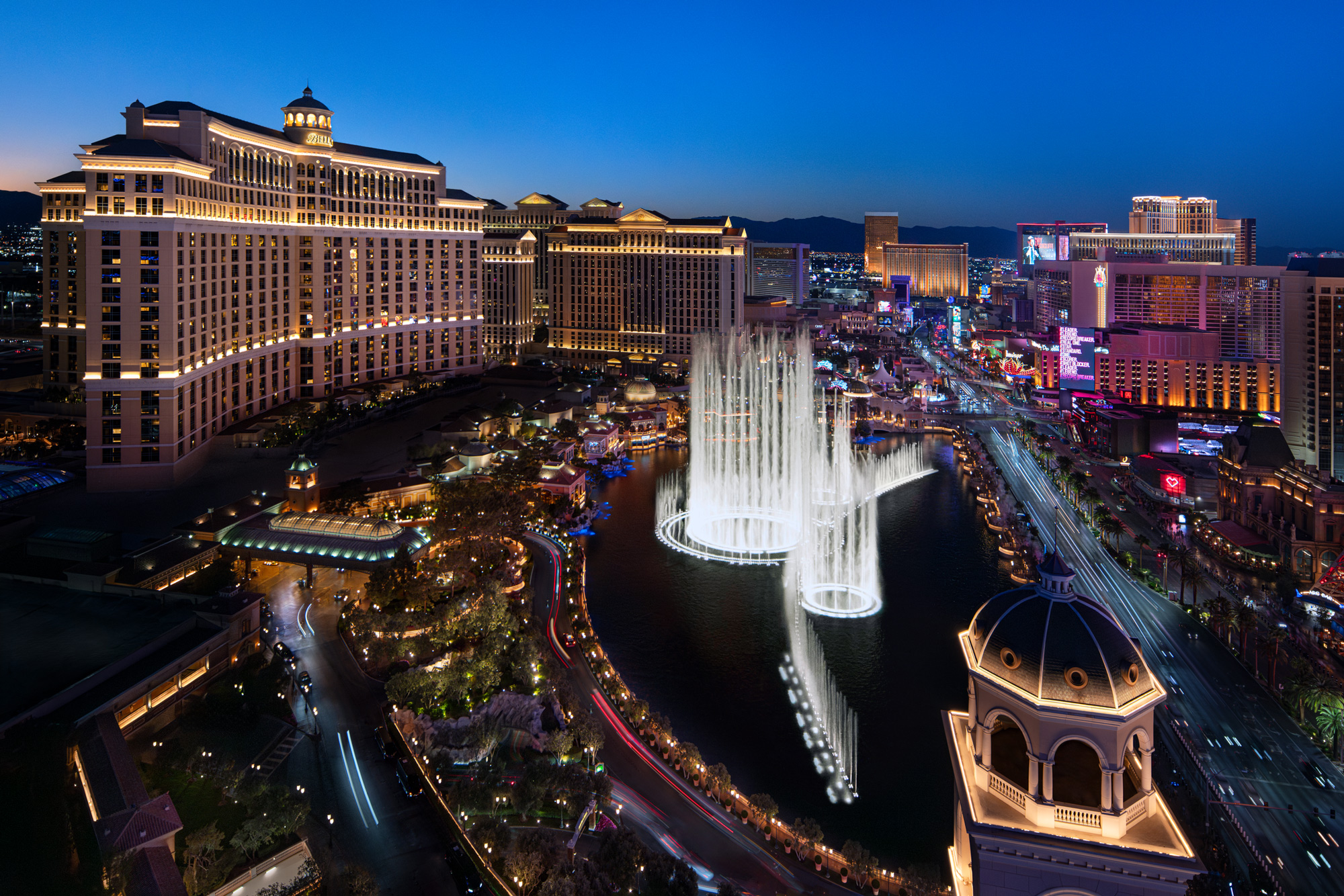
he first time I went to Costa Rica was on a whim. A friend called me at work and asked if I wanted a free ticket to go on a surf trip to the country’s Pacific coast. The catch? He was leaving the next morning.
His brother-in-law, he explained, had broken his arm and was unable to go on the trip. This was pre-9/11, when you could simply change the name on a plane ticket and go in another person’s place. I did just that—and it was one of the best decisions of my life.
We stayed in $10-a-night casitas, ate rice and beans for breakfast, and spent our days surfing empty breaks, exploring jungle rivers, and soaking in the friendly culture of what was then an unknown destination for most Americans (including my 23-year-old self, who, if I’m being completely honest, didn’t know what Costa Rica was before that phone call).
Costa Rica and I have both changed quite a bit in the decades since that trip. My backpacking days are a distant memory, and the once-under-the-radar country has become a luxury adventure destination like no other, revered for its wildlife, beaches, rainforests, and pura vida, or “pure life,” sensibilities.
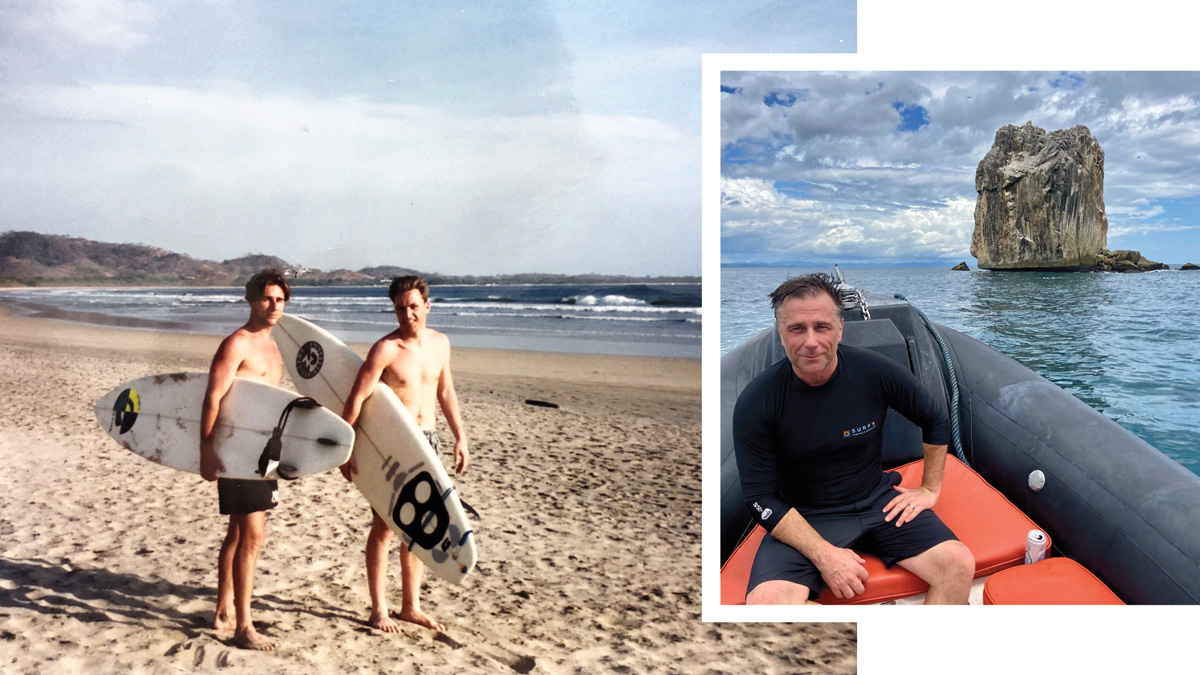
The latest and possibly greatest of Costa Rica’s luxury resorts opened this February at Peninsula Papagayo, a private community that is a shining example of the country’s upscale evolution. The rugged, jungle-covered spit of land juts into the Pacific along Costa Rica’s northwestern shore and is home to a Four Seasons resort, an Arnold Palmer–designed golf course, and intimate neighborhoods of multimillion-dollar vacation homes. Its newest addition, Nekajui, a Ritz-Carlton Reserve, is a 107-room retreat that belongs in any conversation about the world’s finest beach resorts.
This spring, shortly after Nekajui’s opening, I returned to Costa Rica for the first time in nearly 17 years. I was curious to see whether the now wildly popular luxury destination could still deliver on what drew me and others there in the first place: true adventure. On day two, as I was jumping off a speedboat at the notorious Witch’s Rock with not another tourist in sight, I had my answer.
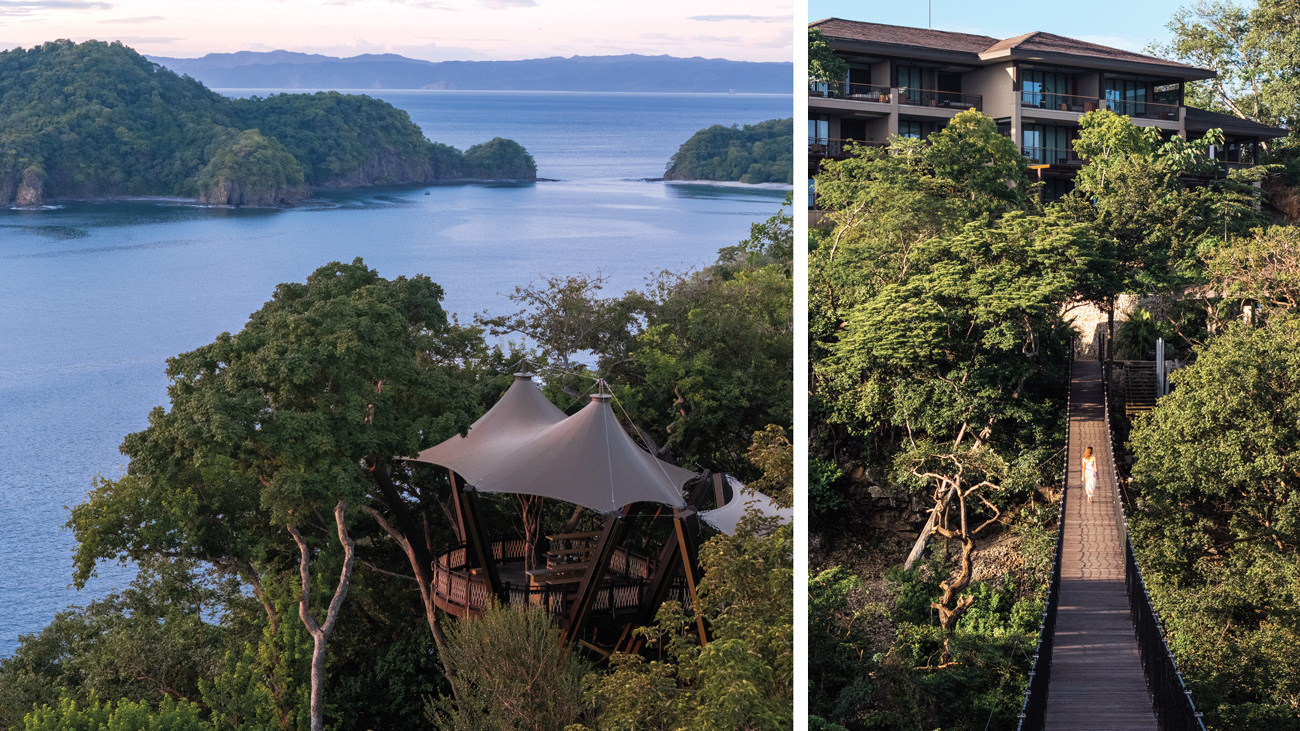
First, a bit about Nekajui: The resort, which is part of Ritz-Carlton’s exclusive Reserve collection, is set along a cliff above a stunning bay. Views stretch from two islands just offshore to Witch’s Rock, Santa Rosa National Park, and, on clear days, the Rincón de la Vieja volcano in the distance. Suites, restaurants, and a spectacular spa complex line the cliff’s edge, with a few “treetop” rooms tucked just below. A giant hanging bridge links the upper parts of the property, while a funicular offers a convenient and scenic connection to the resort’s beach club and tapas restaurant. Among Nekajui’s other excellent dining options is a Peruvian restaurant from Lima chef Diego Muñoz, where a hidden door leads to a speakeasy-style bar.
On my second morning at Nekajui, I was greeted at the beach club by J.D., a surfing guide for Papagayo’s outdoor adventure division. He was planning to take me to a nearby beach for a beginner lesson, but when he learned that I had some experience—even though it had been more than two years since my last surf session—he suggested we venture to Witch’s Rock instead.
Witch’s Rock, or Roca Bruja, is famed for its hollow peaks and ominously beautiful setting between a vast sandy beach in Santa Rosa park and the towering outcrop for which it’s named. The break can be reached via a long hike from the park’s nearest campground, but it is far more common to go by boat. Nekajui—located just 45 minutes away by boat—is about as close as one can get to this hallowed surfer’s haunt.
Not having surfed in some time, I was hesitant to dive back into the sport at a place like Witch’s Rock—especially when we arrived to find no one else there. Somewhat to my relief, the conditions that afternoon were mild by Witch’s Rock standards. “It was a foot bigger yesterday,” J.D. said, “and a foot bigger than that the day before.”
With our boat idling well beyond the break line, we jumped in and paddled toward the nearest peaks, the mighty rock behind us and miles of empty beach and tropical dry forest stretching before us. We caught waves at will, bobbed in the water between sets, and marveled at the majesty of nature. For a respite, we headed to shore and walked along a river mouth where dozens of baby nurse sharks (at least, J.D. told me they were nurse sharks) darted through the brackish water.
By the end of our session, I was exhausted in the best possible way. We clambered onto the boat and took a leisurely route back, meandering along the still-wild Guanacaste coast. Arriving at Nekajui, I retired to the beach club for a couple of completely guilt-free beers by the pool.
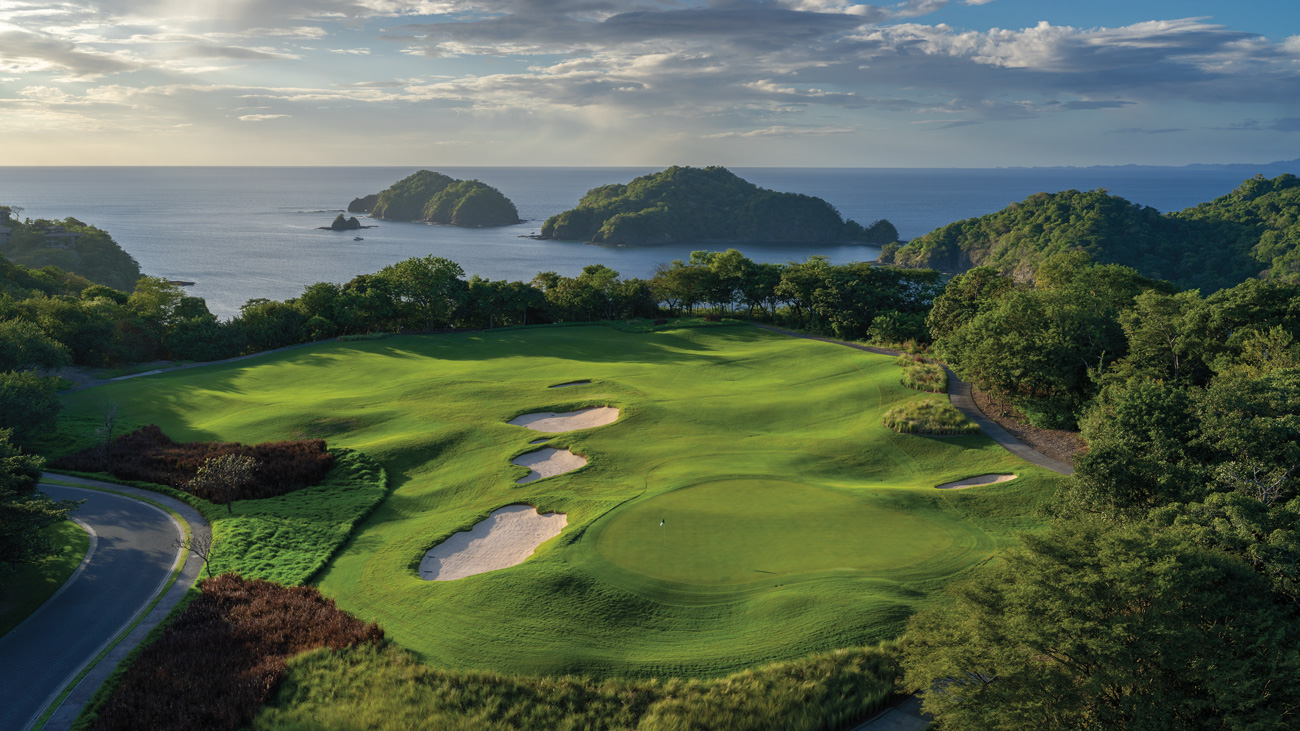
I spent two more days at Nekajui, time that included a thrilling off-road tour to a hidden cove, where I went body surfing and, again, had the entire beach to myself. I paddleboarded in the bay and even played a round at Palmer’s Ocean Course, which, with its constant elevation changes through a wildlife-filled jungle, was an adventure in itself.
The mere existence of such an amenity on a once-wild peninsula is evidence of how much has changed since my first visit. Yes, Costa Rica has grown up. But I’ll still be ready and willing the next time it comes calling.
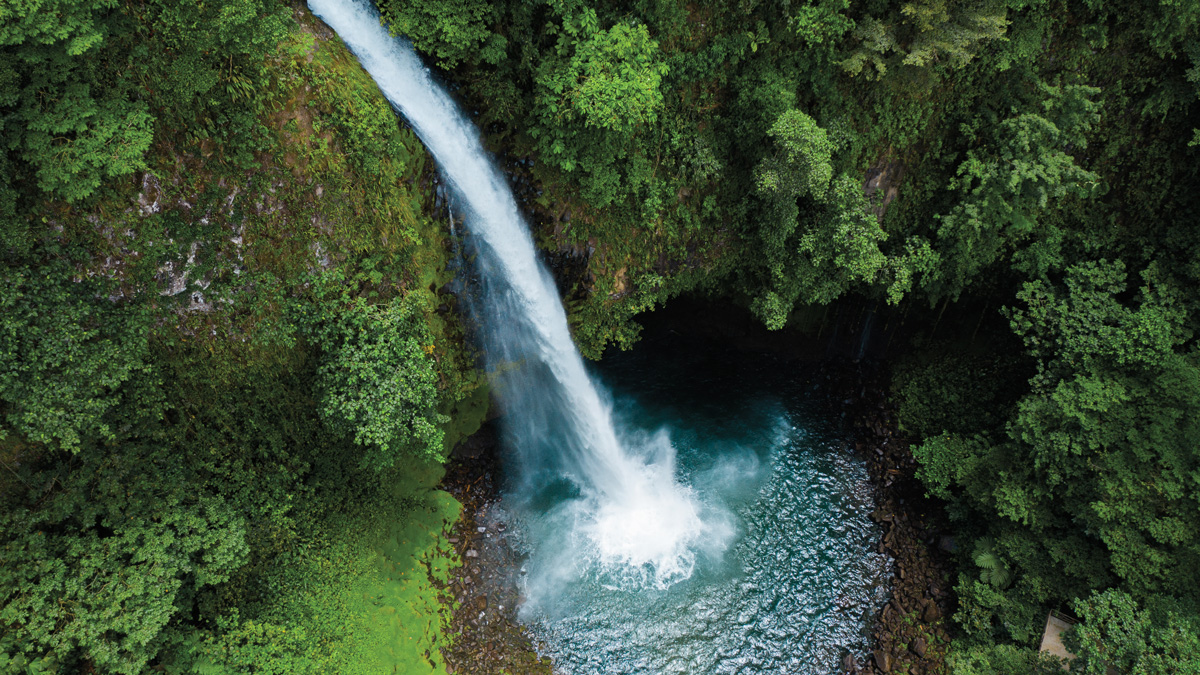
In a country where more than 25 percent of the land is protected as national parks and reserves, it’s essential to venture beyond the beach. Costa Rica’s commitment to conservation extends from Guanacaste’s tropical dry forests to the Caribbean’s lowland jungles and the high cloud-forest peaks in between. The two resorts featured here offer a taste of the country’s distinct environments and experiences—and make for an ideal combination with Nekajui or another Pacific coast property on a multiday adventure.
The Resort: Nature’s nurturing qualities permeate the experience at Nayara Gardens, one of three sibling hotels set on a forested hill above the resort town of La Fortuna. Villas and casitas are tucked into the foliage, with peekaboo views of the towering, cone-shaped Arenal Volcano. Toucans, sloths, wild turkeys, monkeys, and more can be spotted throughout the property, which comes alive at night with the sounds of countless critters and the brilliant blue lights of fireflies. The best place to commune with Nayara’s nature is at the property’s thermal pools, a collection of giant stone hot tubs set along a hillside, all at the natural hot spring temperature of 97 degrees. Soaking in a tub while watching monkeys swing through the massive trees overhead is simply magical.
The Adventure: The La Fortuna area offers just about any kind of adventure you can dream up—zip-lining, canyoneering, kayaking on Lake Arenal, hiking, horseback riding, off-roading, and more. Some of the experiences are a little too popular, such as the hike to La Fortuna Waterfall. While spectacularly beautiful—highlighted by a 230-foot cascade where you can swim just underneath—the hike down cement steps to the falls is inevitably packed with tourists. It’s possible to get farther afield and away from the crowds, as I did on a waterfall excursion at Blue Falls in Toro Amarillo, about an hour and a half’s drive from Nayara. The resort’s Trio Waterfalls Trekking experience took me to a sprawling mountain farm graced with multiple cascades, including one that stretches nearly 300 feet high. The variety of falls and pools along the river—and the steep climbs on rickety steps that are required to access some of them—means that you can usually find a quiet spot for a solo dip in a turquoise swimming hole.
The Resort: Set in a 1,500-acre reserve along a mile-long stretch of river in the hills of Guanacaste, this 38-bungalow retreat offers a luxurious combination of “adrenaline and Zen” that is particularly well suited to couples. The Zen part of the equation can be found in the property’s brand-new spa or atop a yoga platform hanging 140 feet above the river. The accommodations—including eight new bungalows with glass walls and hot springs–fed outdoor soaking tubs that look out to a forested canyon—also contribute to the cathartic experience. Of Río Perdido’s adrenaline-inducing options, several are on-site, including mountain biking trails, a wild zip-lining and via ferrata course, and a stretch of river for white-water tubing.
The Adventure: For more extreme activities, it’s worth venturing beyond the Río Perdido preserve. The put-in point for white-water rafting on the Río Tenorio is just a half-hour drive from the resort. Remote and not nearly as trafficked as some of Costa Rica’s other white-water routes, the river offers Class III and IV rapids that present a thrilling contrast to the tranquil jungle setting. Río Perdido also runs off-site adventures to Tenorio Volcano National Park, the waterfalls of the stunning Río Celeste, and more.
Follow Us On


| Cookie | Duration | Description |
|---|---|---|
| cookielawinfo-checkbox-analytics | 11 months | This cookie is set by GDPR Cookie Consent plugin. The cookie is used to store the user consent for the cookies in the category "Analytics". |
| cookielawinfo-checkbox-functional | 11 months | The cookie is set by GDPR cookie consent to record the user consent for the cookies in the category "Functional". |
| cookielawinfo-checkbox-necessary | 11 months | This cookie is set by GDPR Cookie Consent plugin. The cookies is used to store the user consent for the cookies in the category "Necessary". |
| cookielawinfo-checkbox-others | 11 months | This cookie is set by GDPR Cookie Consent plugin. The cookie is used to store the user consent for the cookies in the category "Other. |
| cookielawinfo-checkbox-performance | 11 months | This cookie is set by GDPR Cookie Consent plugin. The cookie is used to store the user consent for the cookies in the category "Performance". |
| viewed_cookie_policy | 11 months | The cookie is set by the GDPR Cookie Consent plugin and is used to store whether or not user has consented to the use of cookies. It does not store any personal data. |